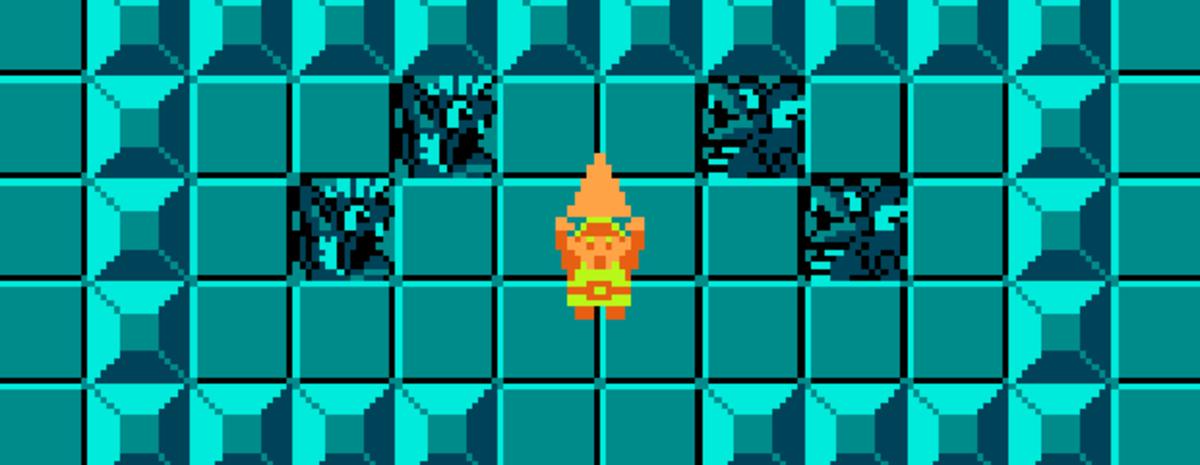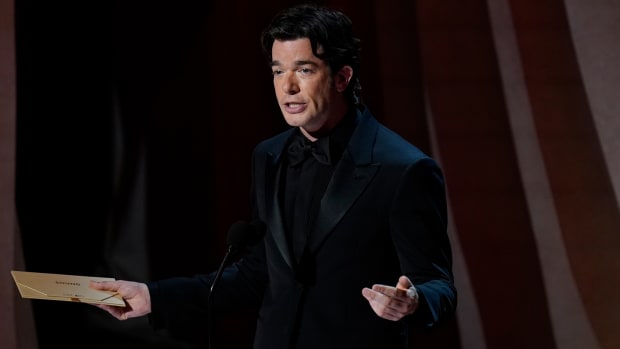Five Ways To Save 'Zelda'
zeldadungeon.net
The official announcement of a new Zelda game for the Nintendo 3DS -- the 16th in the main series -- had the gaming world abuzz yesterday. A Link to the Past 2, as Japan is calling it, is the first new addition to Nintendo's long-running action-adventure franchise since Skyward Sword for the Wii in 2011. What's more -- as the title suggests -- it will take place in the style and setting of A Link to the Past, the 1992 installment for Super Nintendo that remains among the most popular chapters in the saga.
Yet longtime fans of Zelda games -- of which I am one -- have expressed concern that Nintendo's leveraging of our collective nostalgia will prevent it from addressing the concerns that have led the franchise to flounder in recent years. Here are five ways Nintendo can help Zelda rediscover what made it such an iconic, crucial gaming experience in the first place.
The whole map needs to be accessible from the start.
When The Legend of Zelda dropped for the NES in 1987, it was a gaming experience nonpareil. (Nintendo godfather Shigeru Miyamoto, who sat down with Extra Mustard last month, famously described it as the "killer app" for the then-nascent Famicom Disc System.) The 128-screen overworld, underpinned by nine hidden dungeons of increasing complexity, was an open world suggesting infinite possibilities. No longer, thanks to the artificial barriers around areas in the newer games that can't be visited -- or even seen on the map -- until Link completes a certain mission or task. Simply put, the later Zelda titles keep you on the rails. (Sometimes literally, as with the Lanyaru Desert mine cart in Skyward Sword.) While it may be helpful to the uninitiated and novice gamers, it's comes at the cost of the non-linear gameplay that made Zelda such a unique phenomenon to begin with.
zeldadungeon.net
Fewer puzzles and more action, please.
The initial Zelda titles seamlessly combined elements of action, adventure, role-playing and puzzle games. Yet later installments -- the dungeons in particular -- have become far too dependent on mind games at the sacrifice of hack-and-slash action. Worse still, many of these puzzles have become rote, the secrets less secretive: like how every wall that must be bombed to opened a hidden chamber is clearly denoted by an identifiable crack. Even the much-hyped 1:1 motion-controlled swordplay in the enjoyable Skyward Sword was, essentially, a series of action-based puzzles. What made the original Zelda such a thrill was the unwavering action of the later stages -- the rooms upon rooms of Darknuts and Wizzrobes that pushed even an expert gamer's hand-eye skills to the limit.
When it comes to items, less is more.
This is hardly a suspension-of-disbelief issue -- how does Link carry all that stuff? -- but more of a gameplay concern. Link accumulates so much hardware in the later Zelda games yet hardly is afforded the occasion to use it. Too often an item is a one-off, a de facto key to make it through an obstacle just once or twice. The game's designers would be wise to offer fewer items but invite more creating ways of using them. Or not using them. Many items in the earlier installments were not mandatory, lending to the overall flexibility of the game: to wit, it's possible to reach Ganon in the original Zelda without ever picking up a sword.
Streamline the plot.
With notable exceptions -- A Link to the Past, Ocarina of Time and Majora's Mask -- story has been more of burden than boon in the Zelda games. The first two titles for the NES were unencumbered by plot. In fact, the entire set-up for The Legend of Zelda fit on a single screen that ran during the opening titles.
That's it! The rest was filled in by the player's imagination. Perhaps enticed by the increased power of advanced platforms -- or inspired to match or surpass the epic scope of Ocarina -- Nintendo's later Zelda games have become overwrought by story, which is often familiar and feels like filler. What's more, story points by nature adhere to a sequencing that is (or at least should be) antithetical to the idea of what a Zelda game should be.
Stop holding the player's hand.
At the risk of sounding like a curmudgeon, every Zelda game that's been released in the past 20 years has been too easy. The original Zelda and Adventure of Link made demands of the player that, it seems, Nintendo's designers today wouldn't dream of asking. It's almost as if the new games are worried about frustrating and losing the player, eschewing the very challenge that's kept longtime fans glued to the series for more than 25 years. The everpresent stream of hints? The interminable tutorials? Enough with the handholding: It's time for Zelda to bury its fear of letting its players fail.
With yesterday's announcement of a new Zelda game, Extra Mustard has ranked all 15 games in the main series -- yes, Oracle of Seasons and Oracle of Ages count as one title -- from No. 15 to No. 1. Disagree? Let us know below.























